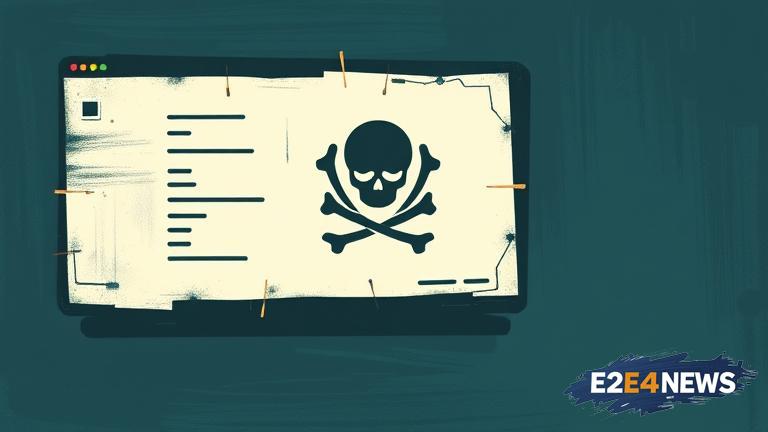A study has shed light on the presence of malware on pirate sites, sparking concerns about the safety of users who frequent these platforms. The research reveals that a significant number of pirate sites are indeed infected with malware, which can compromise users’ personal data and device security. However, the study’s findings have been met with skepticism by some, who argue that the problem may not be as widespread as claimed. The malware in question can take many forms, including Trojans, viruses, and ransomware, all of which can have devastating consequences for unsuspecting users. Despite the risks, many users continue to visit pirate sites, often in search of free or pirated content. The study’s authors warn that the malware problem on pirate sites is a serious issue that requires immediate attention. They argue that the lack of regulation and oversight on these sites creates an environment conducive to malware proliferation. Furthermore, the study highlights the importance of user awareness and education in preventing malware infections. Users are advised to exercise caution when visiting pirate sites and to take necessary precautions, such as using antivirus software and avoiding suspicious downloads. The study’s findings have implications for the broader discussion around online piracy and the measures needed to combat it. While some argue that pirate sites are a necessary evil in the face of restrictive copyright laws, others contend that the risks associated with these sites outweigh any potential benefits. The debate surrounding pirate sites and malware is complex and multifaceted, with no easy solutions in sight. As the online landscape continues to evolve, it is likely that the problem of malware on pirate sites will remain a pressing concern. In response to the study’s findings, some pirate site operators have pledged to take steps to address the malware problem, including implementing better content moderation and user verification processes. However, others have been more resistant to change, arguing that the study’s findings are exaggerated or misleading. Ultimately, the responsibility for addressing the malware problem on pirate sites rests with both site operators and users. By working together, it may be possible to create a safer and more secure online environment for all. The study’s authors conclude by emphasizing the need for continued research and awareness-raising efforts to combat the malware menace on pirate sites. As the situation continues to unfold, one thing is clear: the problem of malware on pirate sites is a serious issue that requires a comprehensive and coordinated response.
